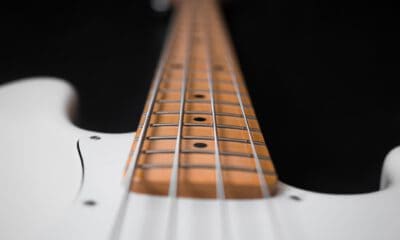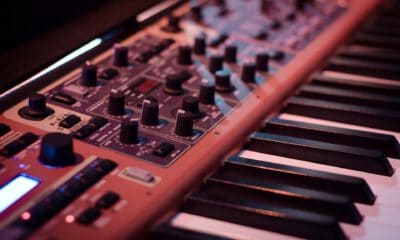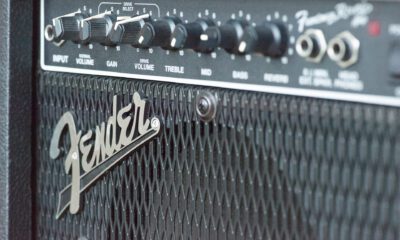Home Recording
Should I Record Guitar Or Drums First? (The Truth)
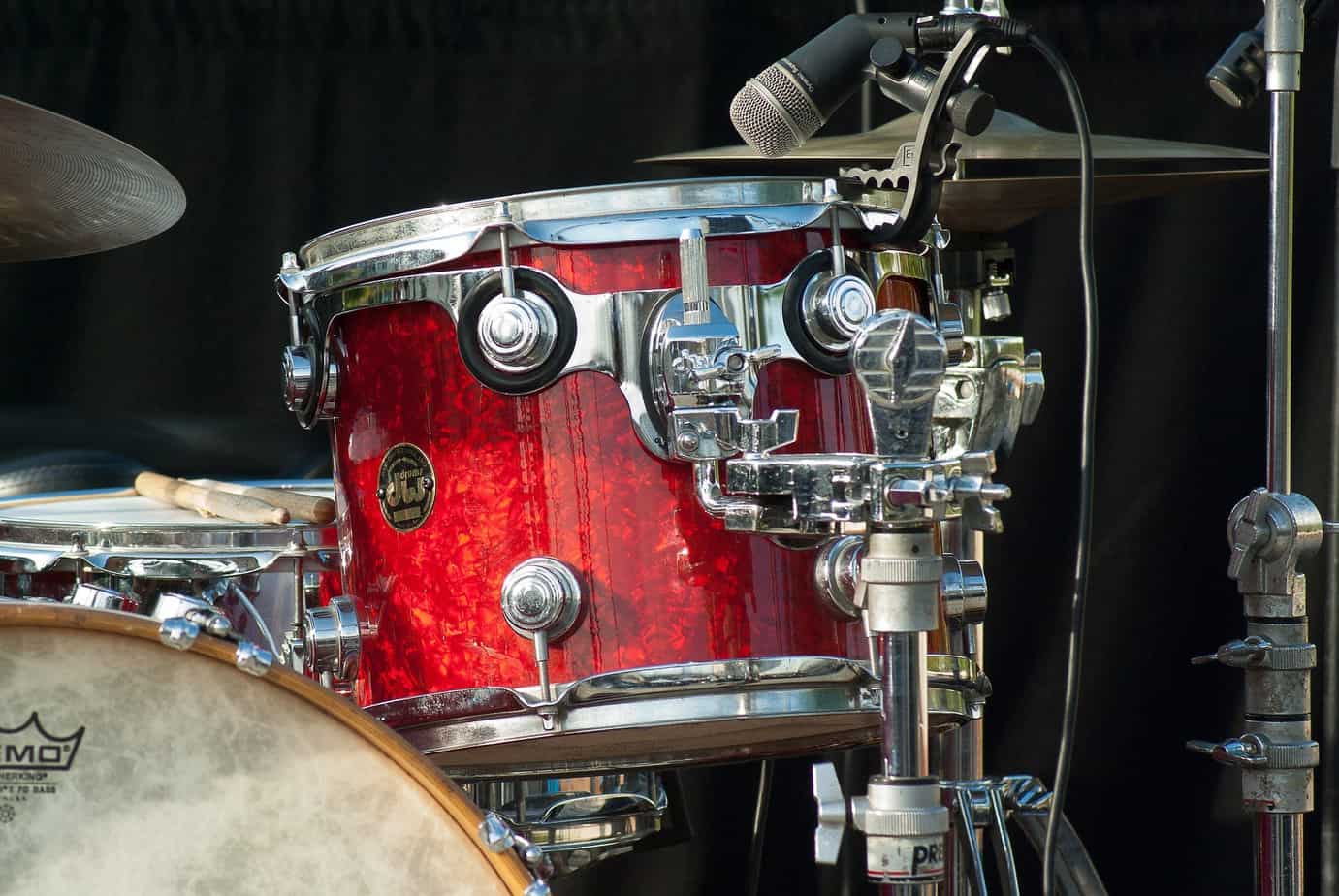
If you play in a band or want to record your music on your own, sooner or later the question arises: In which order should I record the instruments? Should I record guitars first or drums first? Should I start with melodies first, or with rhythm?
In most cases, you should record the drums first, and then the guitar. This way you create a rhythm first, on which everything else builds. Recording solo instruments without rhythm instruments and drums is very difficult and requires a lot of skill.
Of course, this is just the short answer. Now, of course, the question arises how exactly you should proceed when recording the individual parts, and when it might even make sense to record the guitars first and then the drums. These are exactly the questions we want to address in detail now.
Focus on the rhythm and beat when recording:
The main reason why it makes sense to record the drums first is the rhythm and beat.
Drums set the beat, create grooves, and keep the tempo constant within a track, neither speeding up nor slowing down.
Of course, you could replace a drum kit with a metronome and thereby record the melodies first. However, a metronome cannot replace the style of a drum kit, since a metronome is only useful for keeping the tempo constant.
However, in order to get the maximum out of the guitars, it is precisely this lively interplay between rhythm (drums) and melody (often guitar, or piano, trumpet or the voice) that is extremely important.
In addition to the drums being a much better and, above all, livelier metronome, this realization also leads us to the next point:
Conveyed feeling is above all:
To understand this point, you can watch a couple of videos. On the one hand a recording played by a computer, then one played by a human.
The difference is huge, isn’t it? Although computer-played recordings are generally more accurate and precise, they lack vividness and feeling.
However, it is precisely this feeling that is at stake. A technically perfect recording may not be as effective as an imperfect recording where the “feeling” comes across.
But what does this have to do with the order of the recorded instruments?
Quite simply, if you record all the melodies first, they will automatically play into a void when you record them. That means they don’t hear any other instruments, only a metronome might have the task to keep you as a musician in time.
What happens as a result? Life is lost in the important melodies. Furthermore, the recordings will be very static, because the melody instruments cannot orient themselves to the rhythms of the others.
Now you know the 2 most essential reasons why you should record the drums first, and then the guitar. But what about multiple instruments?
In what order should I record for a band?
First step: drums and/or percussion
First you should record the drums. As shown before, this provides a constant tempo and a general orientation for the other instruments. Furthermore, the drums bring the entire recording to life, right as the first part.
Second step: Rhythm and accompaniment
After recording the drums or percussion, the next step is to create a sonic foundation for the melodies. Here it makes sense to record accompaniments in order to record the basic chords and harmonies.
What instruments are we talking about specifically? Mostly bass, accompanying piano (chords) and in big bands also tuba and trombone are recorded. These instruments usually play the chords and provide a good foundation for the melodies.
Third step: Melodies
Now it’s time to record the melodies. These are often played or sung by guitars, violins or vocals, depending on the type of band or ensemble.
The melody instruments now have the advantage of being accompanied by the entire accompaniment and rhythm. This allows the melody instruments to concentrate entirely on their own playing in.
(Eventually) Fourth step: Solo
If there are special solos in a song, they should be recorded at the very end. The soloists need the chord progressions for the solo and need to communicate with all the other instruments. Literally.
Good solos thrive on a question (asked either by the soloist or by the other instruments) and an answer from the other side. Again, this is only possible at all if the soloist plays his part in last.
Now you are done!
After you have recorded the drums first, then the other accompanying instruments, bass and possibly the accompanying piano, and last but not least the melodies, you are done.
But one question is still open.
What do you need to keep in mind when recording (the first time)?
Even if you record the drums first, you have to play this part alone (simply because you haven’t recorded anything else yet). In order to record the drums in time and alive at the same time, I would like to give you some general tips.
Be sure to use a metronome.
We humans can’t keep an exact tempo, even for recordings that are only a few minutes long. If you don’t use a metronome on the first recording (of the drums), sooner rather than later there will be huge fluctuations in tempo. And you don’t want that!
Listen to the other voices in the background.
Also, if you haven’t recorded the other voices yet, you should let the computer play all the voices once (if you have all the instruments as sheet music, that’s no problem!) This will prevent you from starting to play artificially sounding. (And this happens faster than you think if you play with only a metronome).
Use headphones.
Should go without saying. When you record, you hear everything that happens out loud during the recording. So instead of making your metronome loud, you should definitely use headphones, otherwise you won’t be able to use the recordings.
Be creative.
Of course, you should usually record the drums first and the guitars (and other melodic instruments) last, but be creative. If you can, try recording the melodies first and the drums last. Especially if you are recording in the experimental genre, this can actually be very interesting.
Conclusion
As you have seen, there are many reasons why you usually record the drums first and the guitar parts at the end. But music wouldn’t be music if everything was regulated by fixed rules and laws.
So all doors are open for you to try out freely. The next time you record (and you’re not pressed for time), try what happens when you record the melody first and the drums last.
Really interesting things can happen because you’ll approach it differently. You’ll notice that the same song will sound completely different.
Now I wish you a lot of fun with your new knowledge (and of course trying it out).

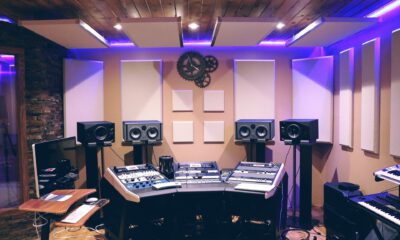
 Home Recording2 years ago
Home Recording2 years agoCan You Use Normal Speakers As Studio Monitors? The Simple Answer
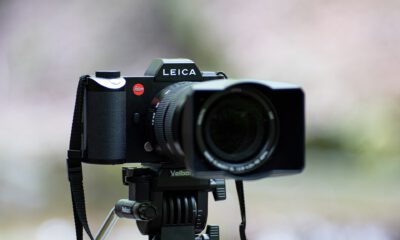
 Photography2 years ago
Photography2 years agoIs A Leica Worth It? (What you should know)
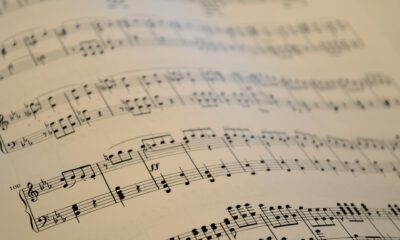
 Music Production2 years ago
Music Production2 years agoCan Piano Sheet Music Be Used For Other Instruments?
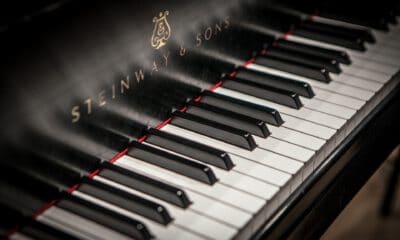
 Music Production2 years ago
Music Production2 years agoAre My Piano Keys Made Of Ivory? (How To Recognize It)







